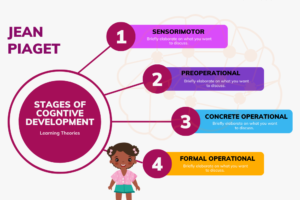
Why Higher Ed Must Wake Up to Risks Before the Headlines Hit — Campus Technology
The Shadow AI Threat: Why Higher Ed Must Wake Up to Risks Before the Headlines Hit
When generative AI first captured global attention, most headlines focused on innovation. In higher education, that same excitement is surging — but so is the risk.
According to Educause’s AI Landscape Study, while 77% of colleges and universities report having some level of AI-related strategy, only 30% consider AI and analytics preparedness a top priority. Even more concerning, governance and compliance ranked among the lowest institutional priorities, with just 27% giving them meaningful attention.
That gap matters — because the most pressing risk may not be in the tools themselves, but in how quietly they’re being used without oversight.
Defining Shadow AI and Its Root Problem
Shadow AI is a subset of a broader, long-standing challenge known as shadow IT — the use of technologies not vetted or approved by an organization’s IT or security teams. While shadow IT has always posed risks, shadow AI escalates those risks in new and complex ways.
Today’s AI tools are web-based, free and widely accessible. That makes them attractive to busy professionals, but difficult for cybersecurity teams to monitor or govern. In higher education, we may be especially vulnerable — not due to carelessness, but because our environments are often decentralized and driven by curiosity.
We want our faculty and staff to explore AI. We need them to. But we must provide a safe, responsible way to do so — or risk losing control of sensitive data without realizing it.
Why Higher Ed Is Especially at Risk
Higher education operates differently. Departments often function independently. Research teams adopt their own platforms. And decisions about new tools may be made without involving IT or legal — which creates gaps when it comes to AI oversight.
Faculty, for example, may use AI to draft syllabi or summarize research. Staff may rewrite student e-mails with chatbots. HR teams may test tools to streamline onboarding. These choices aren’t inherently reckless — but when made without guidance, they increase the chance of exposing sensitive data.
This isn’t hypothetical. According to Ellucian’s AI survey, 84% of faculty and administrators already use AI tools — and 93% expect that use to grow. Meanwhile, concerns about bias, privacy, and security have risen sharply.
From Use to Exposure: Why Governance Matters
Shadow AI rarely starts with bad intentions. It often begins with a well-intentioned decision — a professor trying to save time, a staff member seeking clarity, a team testing automation. But without guardrails, these choices can lead to unintended data exposure.
Imagine an instructor using a public AI tool to personalize a lesson plan, pasting in student data to improve the output. Or a staff member uploading internal documents to draft communications. These actions may seem harmless, but if the tools aren’t approved or secure, no one knows where that data goes or how it’s used. Innovation without oversight becomes risk.
Institutions are feeling pressure to “get into AI,” but often without a clear framework. And the more powerful the AI, the more specific data it requires — prompting users to upload student records, research or institutional files.
This is why governance matters.
Colleges and universities should establish cross-functional AI governance boards with voices from IT, cybersecurity, legal, faculty, and academic leadership. These teams can evaluate use cases, align data practices, prioritize investments, and guide responsible adoption.
Source link



